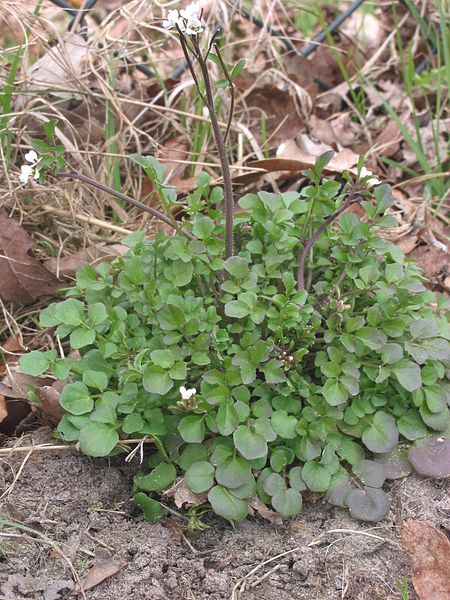
Lime Tree - Tree Top Guide
Botanical name : Tilia x europea
Common names : Commmon Lime, Common Linden
NB - Not to be confused with "Lime" fruit bearing trees such as the Key lime, Persian lime, kaffir lime or dessert lime!
Distinction
" It is possible to tell true species apart from the underside of the leaf. Common lime (Tilia x europaea) has tufts of white hairs in leaf axils whereas in small leaved lime these are rusty red.The Large Leaved lime (Tilia platyphyllos) has hairs all over the underside. Common lime is a hybrid and is rare in the wild in the UK."
Physical appearance : A large to medium sized, decidious tree growing to between 15 and 50 metres in height with a trunk radius of up to 2.5 metres. The base of these trees commonly feature a large burl (or burr) which is a large (usually) ball shaped growth of wood, near or at the base of the trunk. Its leaves are usually between 6-15cm in length and between 6-12cm in width. The underside of the leaf is thinnly haired with tufts of denser hairs on the leaf vein axils (top side of leaf). The Lime produces flowers in groups of 4-10, in the early summer, with a leafy yellow-green foliage/bract. The flowers are fragrant and have a distinctive smell and are attractive to bees, which are the delivery method of pollination. The Common Lime produces fruit in the form of a dry nut like drupe (roughly 8mm in diameter) which is faintly downy and ribbed.

Longevity : The Common Lime can live up to 400 years.
Where to find : The Common Lime, although a native tree (to the UK) is in fact always a hybrid organism of Tilia cordata (the small leaved Lime) and Tilia platyphyllos (the large leaved Lime). Also common to much of Europe. The Common Lime can be found anywhere these two trees are to be found in close proximity to each other.
Uses : Produces a very useful and versatile wood as it is soft and light, pale yellow to white in colour and finely textured. It is easy to work and often used in turnery, carving and furniture making. Lime bark was traditionally used to make rope, and lime flowers were considered a valuable source of food for honey bees. The wood does not warp and is still used today to make sounding boards and piano keys. Limes can be coppiced and used for fuel, hop-poles, bean-sticks, cups, ladles, bowls and even Morris dancing sticks.
The most common use of the Common Lime is as an ornamental tree in large parks and estates. However, the Common Lime is losing popularity as an ornamental plant as it produces large amounts of sap and attracts large numbers of aphids which in turn produce honeydew

Lime as a source of food : The flowers can be used to make various herbal extractions and teas and can be used to give dishes a nice hint of citrus. Also great for making cooling cordials in the Summer or equally
Please note - Many trees and plants look similar. If you are planning to consume any plants or derivatives thereof, please ensure you know what you are picking so as to not accidentaly poison yourself or others!
Images courtesy of Ptelea, Alvesgaspar via Wikipedia Creative Commons Attribution



